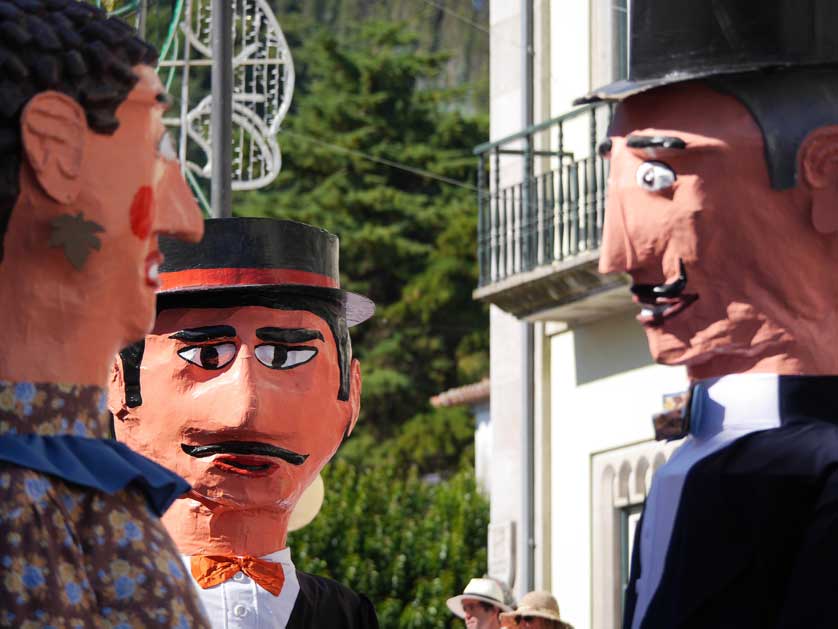Aqueducts in Portugal
Portugal has long been dry and arid especially in the south. Portugal has a number of historic aqueducts that were built to bring water from the hinterland to the cities.
 |
| Aqueducts in Portugal |
History
The Romans were the first to build aqueducts in Iberia and there are remains of a 3 km-long Roman aqueduct in Conimbriga near Coimbra.
The Muslim occupation of Portugal also brought new techniques in both water storage and its transportation over distance.
 |
| The Santa Clara Aqueduct in Vila do Conde is the second largest Portuguese aqueduct system |
Where can you see aqueducts in Portugal?
Aqueducts in Portugal can be found in Vila do Conde (Aqueduct of Santa Clara), Serpa, Evora (the Aqueduto da Agua de Prata), Elvas (Aqueduto da Amoreira), Braga (Sete Fontes), Obidos, Tomar (Aqueduto de Pegões) and famously in Lisbon (Águas Livres).
The Aqueduto de São Sebastião in Coimbra runs close to the Jardim Botanico (Botanical Gardens) in this historic city. The aqueduct was built in the late 16th century, possibly the work of the Italian architect Filippo Terzi (1520-1597), who was active in Portugal at the time and is famous for his work on the Convent of Christ in Tomar.
 |
| Serpa city walls and its aqueduct |
The 18th-century Águas Livres that brought water to Lisbon was 18 km long. Construction began in 1731 under Italian architect Antonio Canevari and finally brought water to the capital in 1748. After that work was continued by a number of Portuguese architects until 1799.
In places, the huge arches reach a height of 65 meters above the ground. The water fed various drinking fountains throughout Lisbon such as the Chafariz do Carmo and the Mãe d'Água reservoir.
 |
| Aguas Livres Aqueduct, Lisbon, Portugal |
 |
| Aqueduto de Pegões, Tomar |
 |
| Aqueduto da Agua de Prata, Evora |
 |
| Santa Clara Aqueduct |
© Portugal Visitor






No comments:
Post a Comment